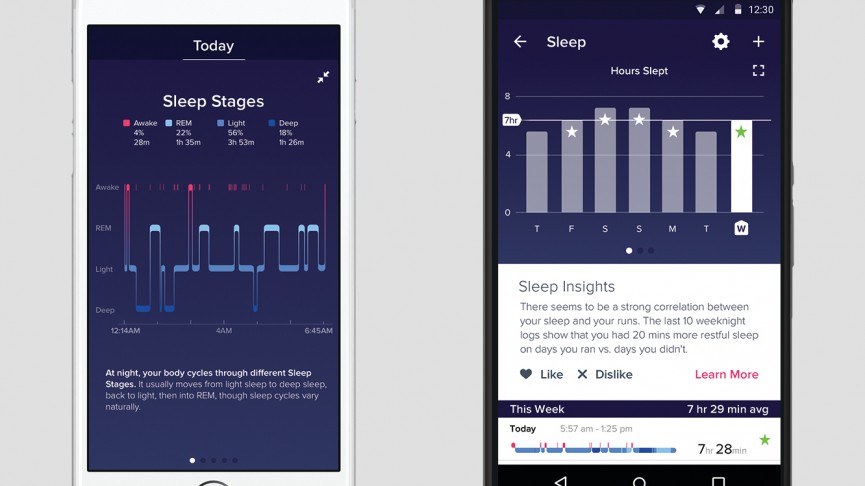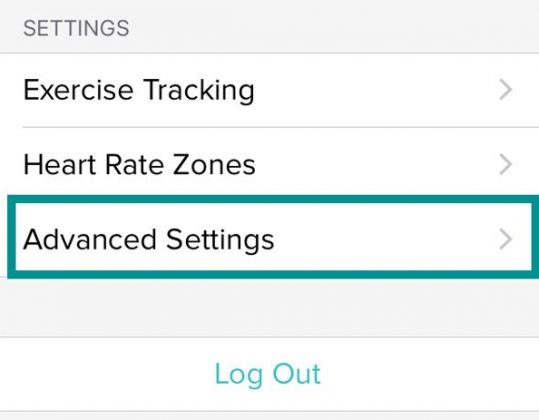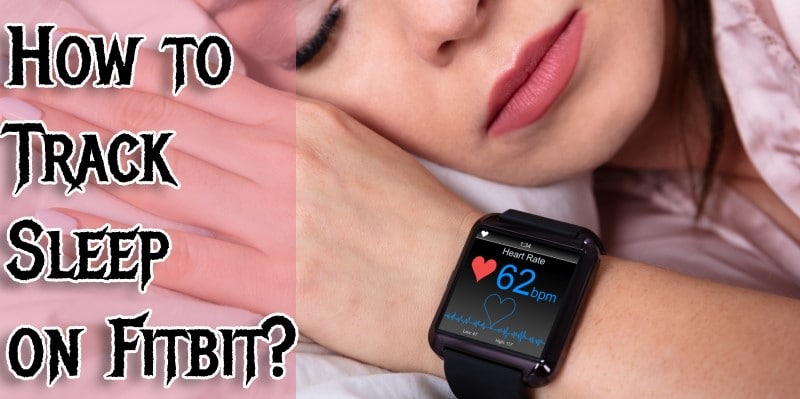

The heart rate alerts help monitor intensity You can view your pace in a similar way-“low pace” stretches are blue and “high pace” stretches are green-so you can see where you sped up or slowed down along the way. When your heart rate increases, you can see on the map where it gets up to the orange or red zones. For example, when your heart rate is in a lower zone, the distance ran (or walked or cycled or swam) in that zone is colored in yellow.

You won’t get to see your route traveled, but you can still check out your heart rate, calories burned, and “zone minutes” earned.įor workouts you track with the GPS, you view your course later in the app and see on the map how your heart rate and pace changed throughout your workout. What’s more, if you forget to start a workout mode on the tracker, your walk, run, swim, or bike ride will be automatically counted in the app, as the Charge 5 recognizes sustained repetitive movement lasting at least 10 minutes as an exercise session (though you can change the settings to auto-recognize activity after anywhere from 10 to 90 minutes of movement). In my tests, the tracker accurately determined where I started exercising. The Charge 5 will estimate where your activity began and adjust the distance traveled. However, you don't need to wait for the GPS to connect before taking off. Without your phone nearby, I found the GPS takes longer to connect-about 15 to 20 seconds. If you have your phone with you, the built-in GPS connects almost immediately (roughly five seconds) and I didn’t experience any disconnect or delays during my workouts. To start recording a workout, you scroll over to the exercise shortcuts, select the type of activity, and tap the screen to press play. I found the screen easy to read-thanks to its increased brightness-and responsive to my touch, even while I was dripping in sweat. In addition to the expected step tracking and reminders to move when you’ve been sitting too long, using the tracker outside for walks, runs, and bike rides is a cinch. The Charge 5 is especially inspiring when it comes to fitness motivation. The Charge 5 is comfortable and easy to use.
#FITBIT BEGIN SLEEP NOW TRIAL#
(Fitbit currently includes a six-month free trial with the purchase of a new Charge 5, but after that, it’s $10 a month or $80 a year.) That said, pretty much any fitness tracking you might want, you’ll get with the Charge 5. You can view more information on the Fitbit app about your heart rate, sleep, weight, stress, and workouts-though you’ll get much greater detail on your data, including a sleep stages breakdown and a “daily readiness score” (a calculated metric based on your sleep, and recent exertion history, and heart rate variability), if you pay up for Fitbit Premium. Scrolling down gives you summarized health information such as steps taken, calories burned, distance walked, your “active zone minutes,” hourly activity, heart rate and resting heart rate, and summarized sleep data.

Scrolling up lets you access the “smart” settings which include the display settings, water lock (which locks the screen while showering or swimming to prevent splashes from activating any features), sleep and “do not disturb” modes, and payment options for contactless payments.
#FITBIT BEGIN SLEEP NOW DOWNLOAD#
Scrolling side to side on the touchscreen display, you can access your notifications, exercise shortcuts (which allow you to quickly start recording an exercise using the tracker’s GPS), alarms, timers, electrodermal activity sensor (which tracks your stress level), and any other apps you download to your home screen. Some handy features of the Charge 5 include its built-in GPS, 20 exercise modes (six of which you can add as shortcuts and start straight from the device), sleep tracking, and contactless payments.īut one of the biggest features of the Charge 5 is how much you can do right from your wrist. It’s about 1-inch wide, slightly larger than some other fitness trackers like the Fitbit Luxe, but smaller than a smartwatch such as the Fitbit Versa or Sense. The Charge 5 is the latest iteration in Fitbit’s Charge collection.


 0 kommentar(er)
0 kommentar(er)
